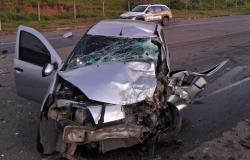
Image shows researcher during sediment collection in the Jequitaí River (MG) (Photo: SGB/Disclosure)
A new study will identify possible contamination in the rivers and soil of 20 municipalities in southwestern Bahia, which make up the São Francisco River Basin. Starting this Monday (1), researchers from the Geological Survey of Brazil (SGB) – a public company linked to the Ministry of Mines and Energy (MME), travel through cities to collect samples of river waters, river bottom sediments and the region’s soil for chemical analysis. The study area has a total of 80 thousand km² and covers the three main rivers in the region: Carinhanha, Formoso and Corrente.
The actions are carried out mainly in the municipalities of Correntina and Cocos, also covering Carinhanha, Coribe, Feira da Mata, Jaborandi, São Félix do Coribe, Serra do Ramalho, Baianópolis, Bom Jesus da Lapa, Brejolândia, Canápolis, Muquém do São Francisco, Santa Maria da Vitória, Santana, São Desidério, Serra do Ramalho, Serra Dourada, Sítio do Mato and Tabocas do Brejo Velho. Part of the studies will take place in the Grande Sertão Veredas National Park, a conservation unit.
This is SGB’s first fieldwork of the year, for a geochemical survey within the Low Density Geochemical Mapping project. “The importance of this work is to understand the chemical composition of the river waters, sediments and soil in the region”, explains geoscience researcher José Marmos. According to him, the analyzes allow identifying whether there are elements in quantities greater than those permitted by legislation, which could characterize contamination, whether due to natural factors or human action.
The information generated from geochemical research can be applied in various sectors, such as: agriculture, veterinary, public health and environmental monitoring, in addition to supporting the development of public policies for regional development. “The study is also used for mineral prospecting, as through the samples collected it is possible to detect some type of metal of economic interest for detailed research in the future”, highlights Marmos.
The activities take place in two stages, the first between April 1st and 23rd, and the second between April 22nd and May 14th. In total, 16 researchers are involved. Stream water and sediment samples will be collected at 345 pre-defined points. Soil collection will take place in 84 locations. The samples will be sent to the SGB’s Network of Mineral Analysis Laboratories (LAMIN Network), which will carry out the chemical analyses. Once this stage is completed, the information will be consolidated into a geochemical atlas.
Access the radio bulletin: attachment
Geological Service of Brazil
Ministry of Mines and Energy
Federal government





